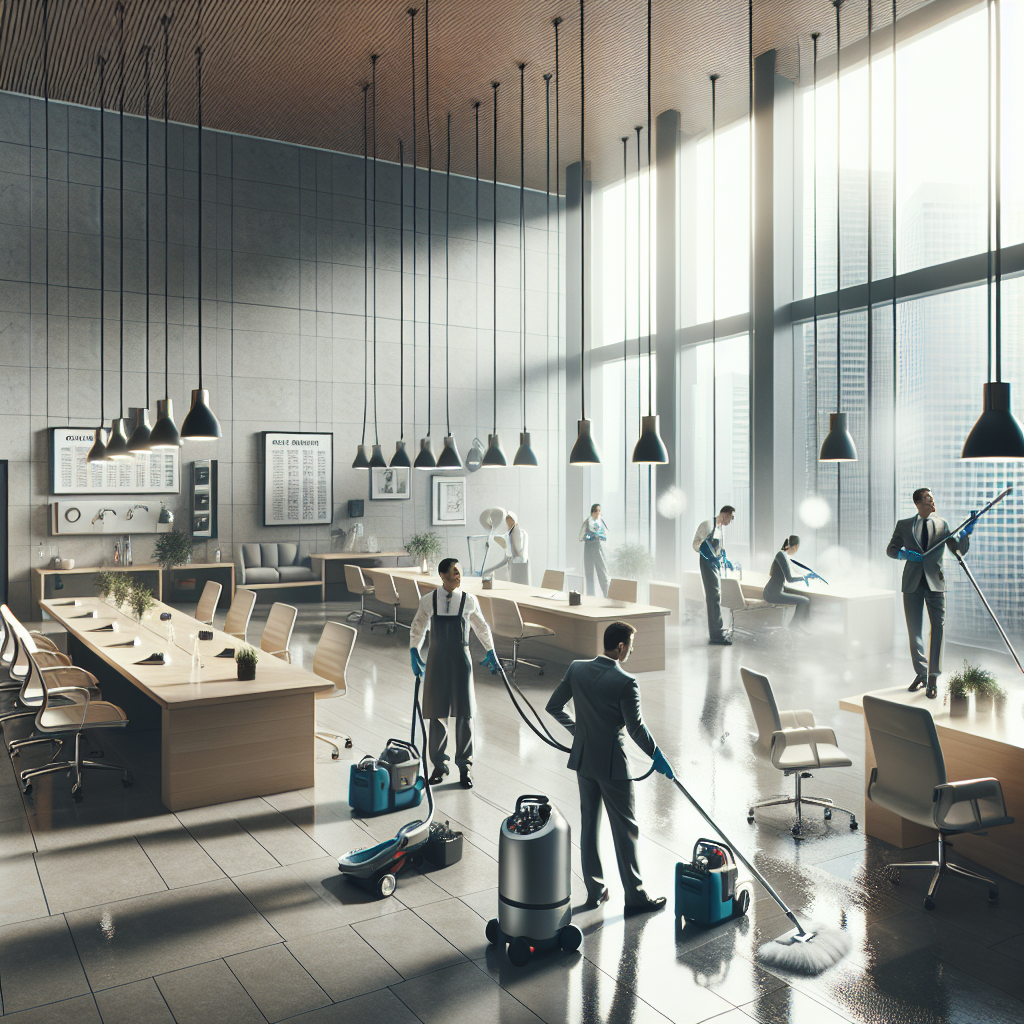The post-pandemic era has brought a heightened awareness of the importance of maintaining germ-free office environments. Businesses are increasingly focused on ensuring the well-being of employees and customers, which is critical for continuous operations. The cost implications of common office illnesses can be substantial, affecting not only healthcare expenses but also productivity and overall employee morale.
With absenteeism costing U.S. businesses approximately $225.8 billion annually, mainly due to preventable health issues, maintaining a germ-free office becomes an urgent matter. A healthy employee is a productive employee, and ensuring the workplace supports this is essential for any business aiming to thrive in today’s competitive environment.
Understanding the Pain Points
Ensuring a clean office environment is not merely about aesthetics; it’s a fundamental component of workplace safety. The health risks linked to inadequate cleaning can lead to common illnesses such as colds and flu, creating liability concerns should an outbreak be traced back to the workplace. In an era where health and safety standards are scrutinized, businesses must take proactive measures to prevent potential liabilities.
Further, germs and bacteria in the work environment can significantly hamper employee productivity. The Centers for Disease Control and Prevention (CDC) notes that workplace-related illnesses can cause considerable absenteeism, directly impacting business performance. Simultaneously, a clean office is vital for reputation management. Clients and visitors form perceptions based on the visual and sanitary condition of the office, which can influence their trust and decision to engage with the company.
- Health Risks & Liability Concerns
- Employee Productivity & Absenteeism
- Reputation Management
Solutions through Best Practices
Developing a comprehensive cleaning schedule is paramount. This includes routine cleaning to manage everyday messes and contamination, coupled with periodic deep cleaning to tackle hidden germs. According to industry standards, high-touch areas such as doorknobs and elevator buttons should be sanitized daily, while deeper cleaning might be scheduled weekly or monthly depending on office size and foot traffic.
Modern cleaning technologies such as electrostatic sprayers and UV-C sanitization have revolutionized the commercial cleaning industry. These innovations ensure more effective and efficient elimination of germs than traditional cleaning methods. Additionally, implementing high-efficiency particulate air (HEPA) filtration systems can significantly enhance air quality, reducing airborne pollutants and potential health risks.
Business Benefits
Training and certifying cleaning staff to be proficient in the latest health and safety regulations is crucial. This not only guarantees compliance with regulatory bodies but also mitigates the risks associated with improper cleaning methods. Employing certified professionals can vastly improve cleaning quality, ensuring that every inch of the office space is thoroughly sanitized.
Adopting green cleaning products and methods is beneficial for employees and the environment alike. These products effectively combat germs while being safe for human exposure. Long-term, such practices reduce chemical exposure risks and support ecological sustainability, beneficially impacting employee health and corporate social responsibility initiatives.
Conclusion
Adopting the best practices for maintaining a germ-free office is now more critical than ever. These practices not only protect employees and clients but also enhance productivity, reduce healthcare costs, and improve business reputation. Business owners should aim to implement these solutions to foster a healthier, more efficient working environment.
Invest in professional cleaning services that align with these best practices. By doing so, you ensure a cleaner, safer, and more productive workplace that continually supports the well-being of employees and the reputation of your business.



